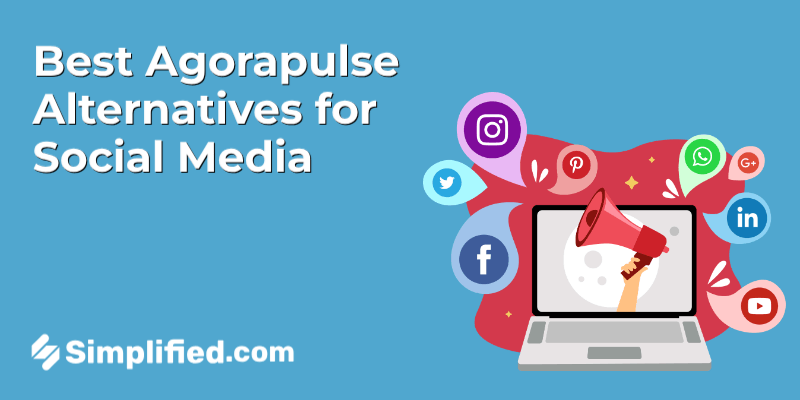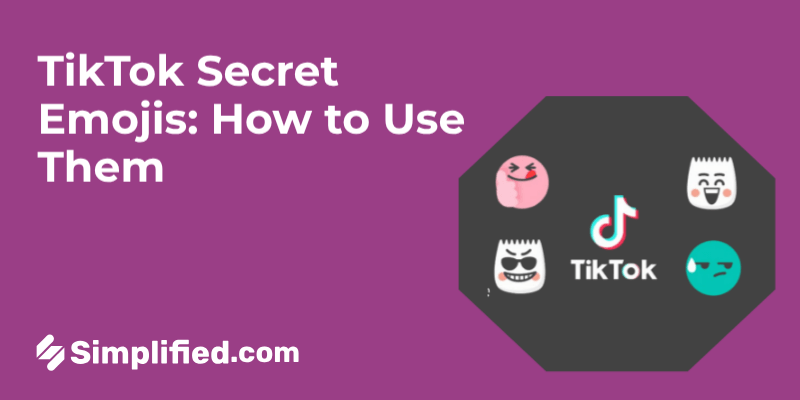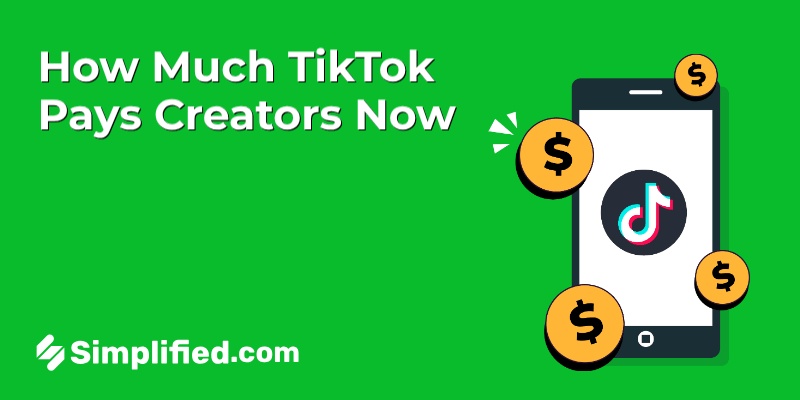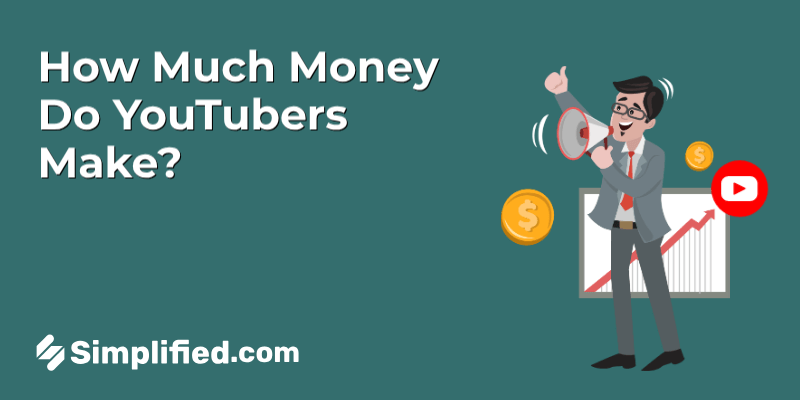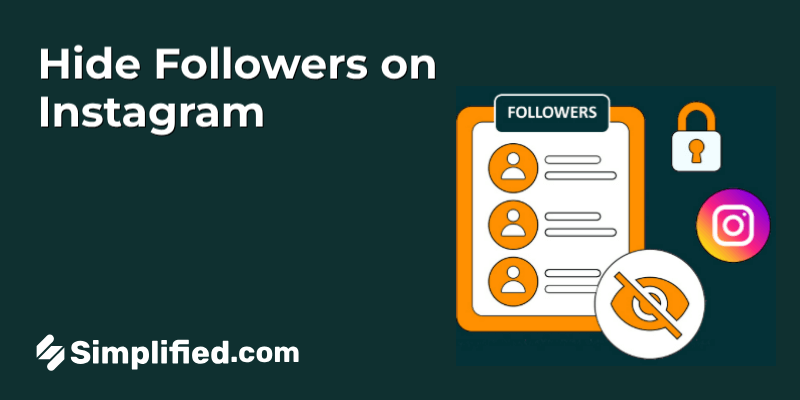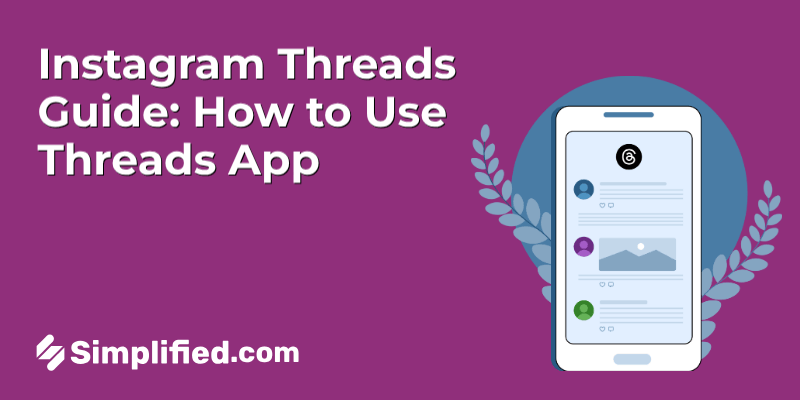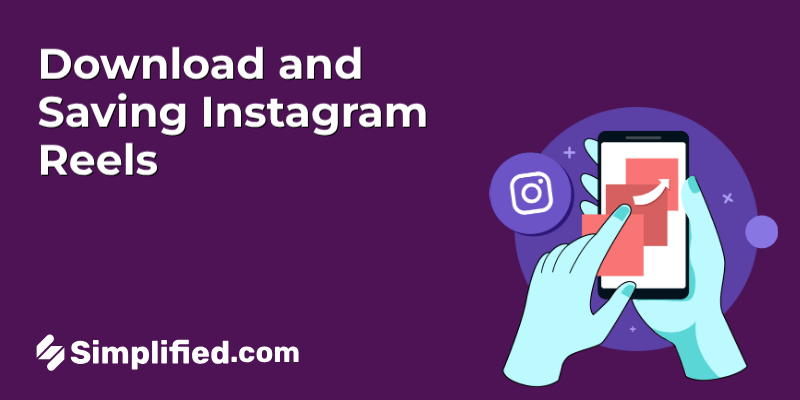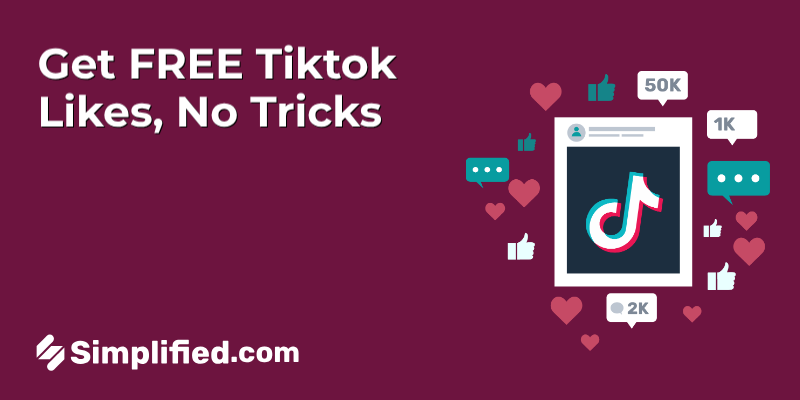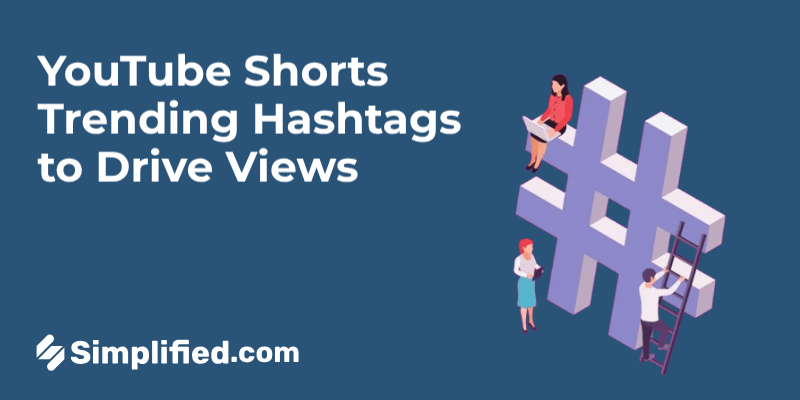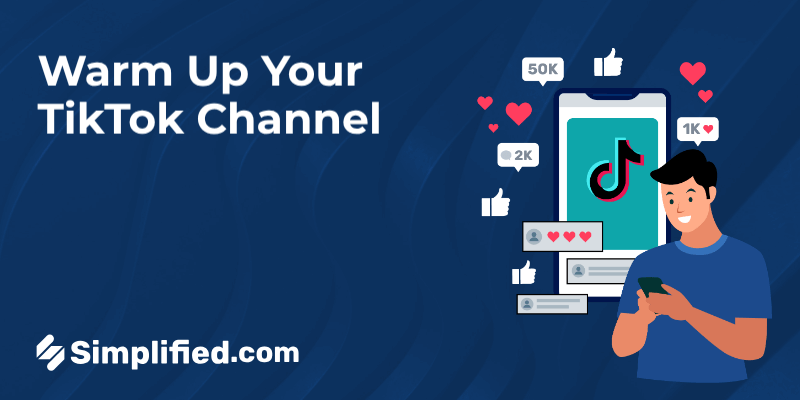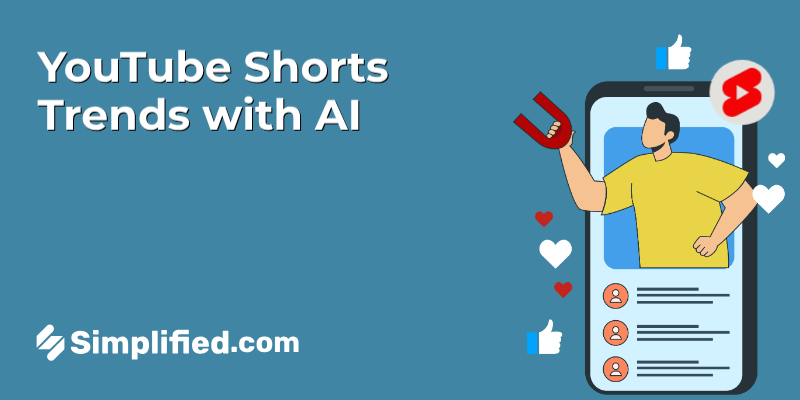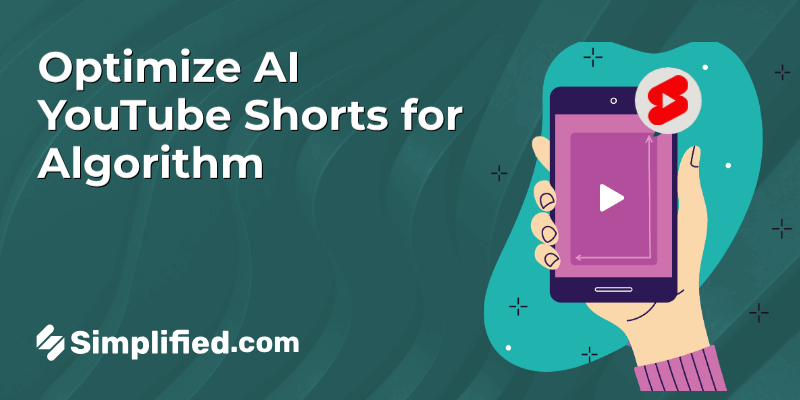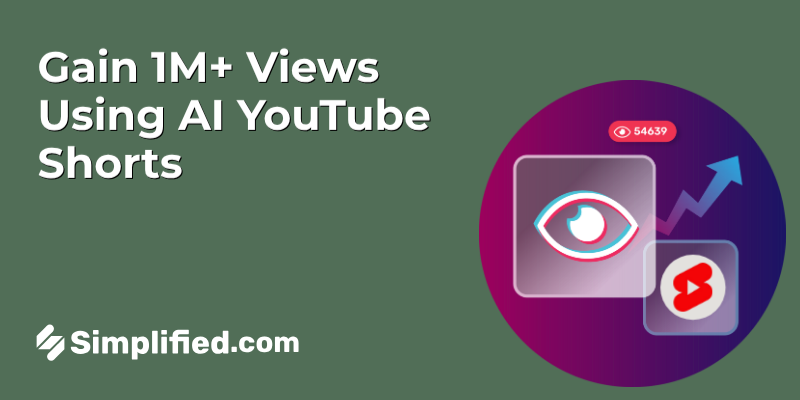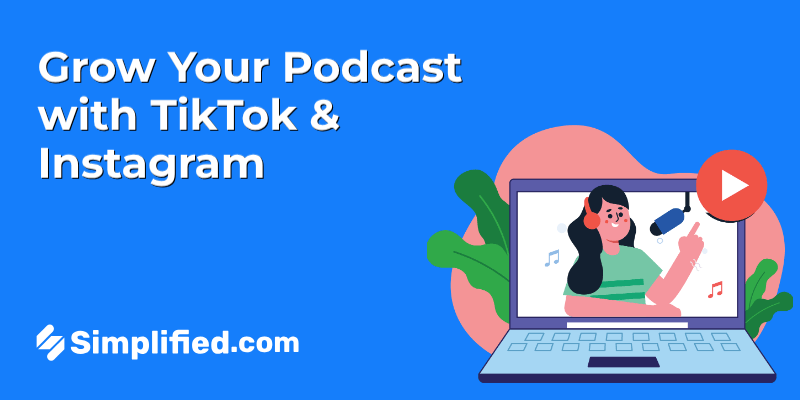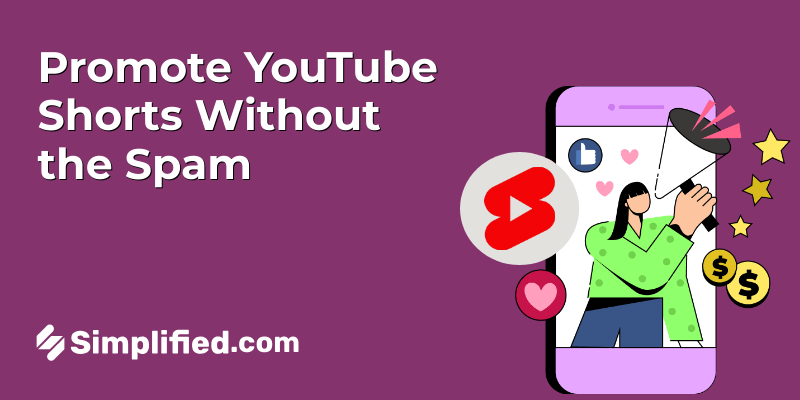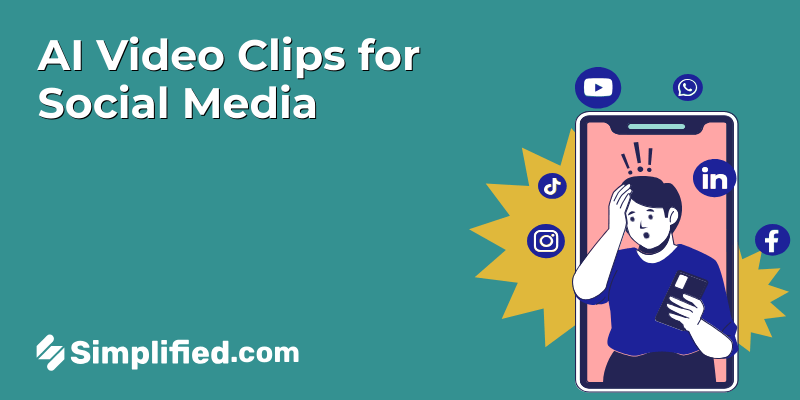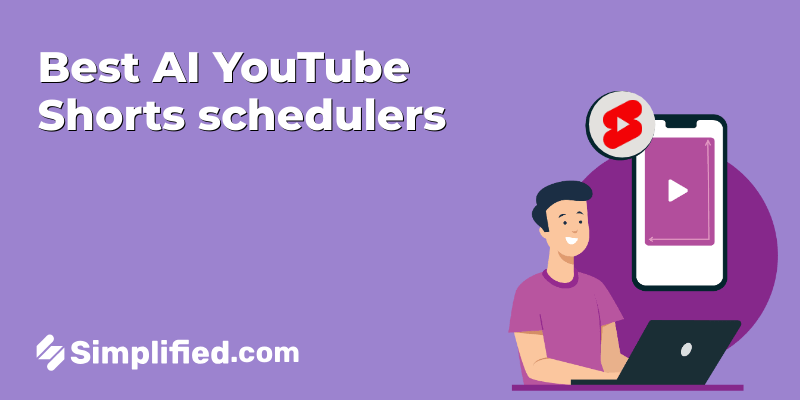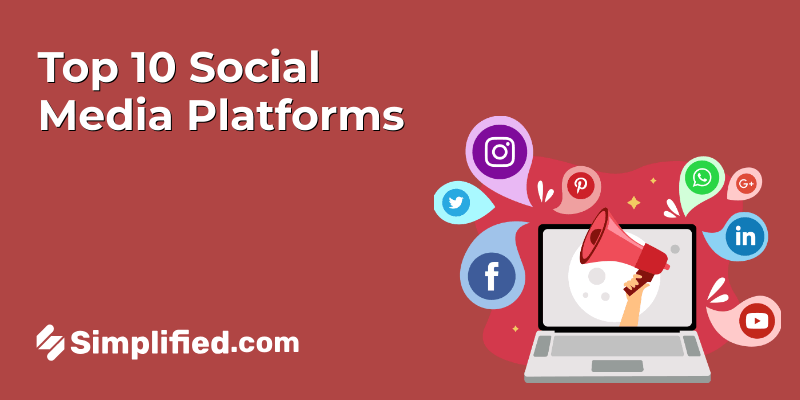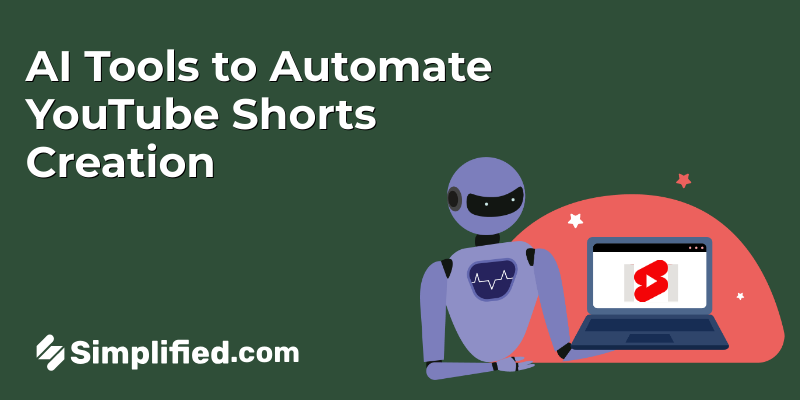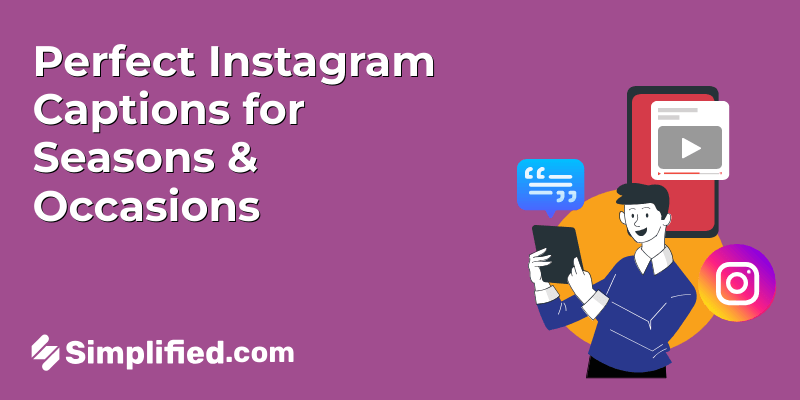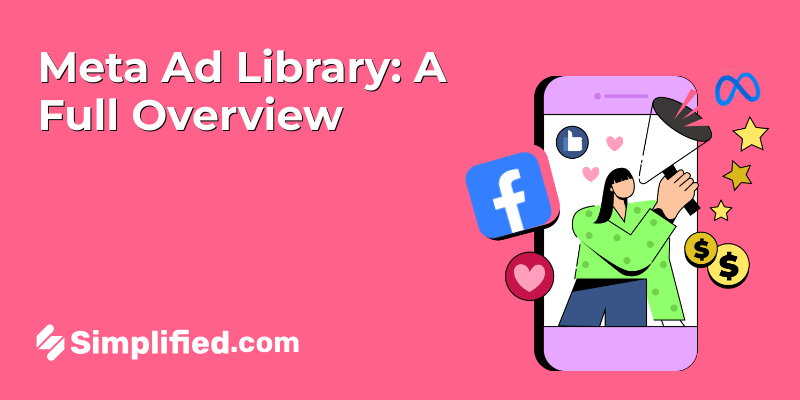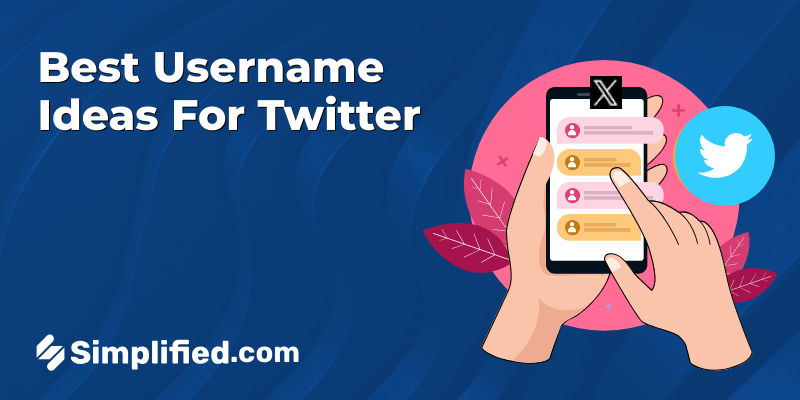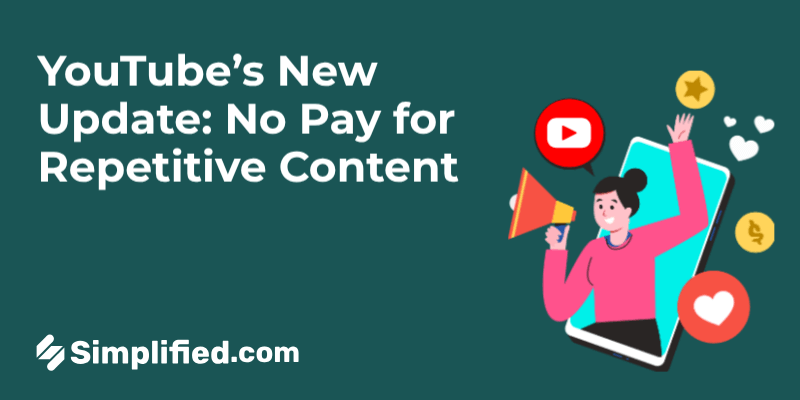
YouTube’s updated monetization rules, effective since July 15, 2025, are now part of the YouTube Partner Program (YPP) guidelines. The new policy aims to limit earnings from mass-produced, repetitive, or low-effort content that lacks genuine value for viewers.
YouTube’s Official Statement on the New Guidelines
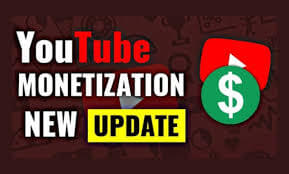
On its official support page, YouTube explained that originality and authenticity have always been key requirements for earning through the YouTube Partner Program (YPP).
The platform announced:
In order to monetize as part of the YouTube Partner Program (YPP), YouTube has always required creators to upload ‘original’ and ‘authentic’ content. On July 15, 2025, YouTube is updating our guidelines to better identify mass-produced and repetitious content. This update better reflects what ‘inauthentic’ content looks like today.
This update is intended to better define and enforce standards around originality, ensuring that creators produce unique and valuable videos.
What Does YouTube Consider “Repetitive and Mass-Produced” Content?
Under YouTube’s updated monetization policy (effective since July 15, 2025), the platform is cracking down on repetitive, low-effort, and mass-produced content to ensure only authentic and original creators earn from the YouTube Partner Program (YPP).
According to the YouTube’s official statement, here’s what qualifies as repetitive or mass-produced content:
- Content that is automatically generated — Videos created entirely by bots, scripts, or software with minimal human input, such as auto-generated slideshows, text-to-speech videos, or AI content without significant editing or originality.
- Highly similar or identical videos uploaded in bulk — Reposting the same or very similar videos across one or more channels just to farm views and ad revenue.
- Compilations with no added value — For example, combining clips from other creators or public domain footage with no commentary, context, or creative edits.
- Low-effort edits of other’s content — Taking someone else’s video, applying a basic filter, changing the speed, or cropping it slightly does not count as original work.
- Reused or recycled content — Uploading content already available elsewhere without any transformative effort, like unedited TV clips, movie scenes, or social media videos.
- YouTube emphasizes that creators need to add unique value, such as meaningful commentary, narrative, editing, or creativity, to qualify for monetization.
The new policy is expected to target clickbait, repetitive, and AI-generated content, especially videos featuring artificial voices or reusing other creator’s material with minimal changes.
What’s the Impact on Creators
YouTube has yet to clarify what actions it will take against creators who violate the updated monetization rules. The revised terms do not mention any specific penalties, suspensions, or strikes.
According to the platform, the updated guidelines are designed to reflect new trends and discourage content strategies that it considers inauthentic. Although YouTube hasn’t explicitly stated whether AI-generated content will be affected, the changes suggest stricter oversight moving forward.
Bonus: How Much Does TikTok Pay Creators? Full Guide & Tips to Earn More
What to do to Avoid Being Flagged Under The New YouTube Policy

To stay monetized and avoid being flagged, follow these best practices:
Focus on Originality
- Create Youtube Videos that reflects your own ideas, voice, and creativity.
- Even if you’re covering popular or trending topics, add your unique perspective or insights.
- Example: Instead of re-uploading viral clips, narrate them, analyze them, or explain why they matter.
Add Meaningful Value
If you’re using existing footage (e.g., news clips, gameplays, tutorials), ensure you contribute by:
- Providing commentary or explanation.
- Editing creatively with context, humor, or educational takeaways.
- Adding visuals, text, or sound that change the experience.
Avoid Automation Without Oversight
- Don’t rely entirely on text-to-speech generators, auto-edited slideshows, or stock clips with no personal input.
- AI tools are fine if you use them to assist, not replace, your own work.
Bonus: 45 Must-Have AI Tools
Diversify Your Content
- Don’t spam your channel with dozens of very similar videos.
- Aim for variety in topics, formats, and editing styles to show effort and engagement.
- Example: Mix tutorials, Q&As, and behind-the-scenes content rather than uploading the same format repeatedly.
Improve Production Quality
Even simple setups can shine if you pay attention to:
- Good audio and visuals.
- Clean video editing.
- Thoughtful pacing and structure.
Be Transparent & Follow Rules
- Avoid clickbait or misleading thumbnails and titles.
- Clearly credit any third-party material you use.
- Comply with YouTube’s Community Guidelines and copyright laws.
Monitor Feedback & Analytics
- If you see demonetization warnings, review YouTube’s feedback carefully.
- Use analytics to understand what content performs well and what might violate guidelines.
In short, focus on quality, creativity, and originality.
Bonus: 9 Powerful Tips That Will Make Your YouTube Thumbnail Stand Out
How to Check If You’re Compliant
To check if you’re compliant with YouTube’s new monetization rules, start by reviewing your videos in YouTube Studio.
Then, identify any content that seems repetitive, low-effort, or heavily reliant on AI voices or reused material. If you find such videos, either improve them by adding original commentary and creative edits or remove them altogether.
Finally, stay updated by regularly checking YouTube’s official policy announcements so you can adjust your content if needed.
What’s Still Allowed?
The good news is that reaction videos, commentary, and transformative edits are still permitted — as long as they genuinely add value. YouTube has clarified that content which includes creativity, analysis, or meaningful context is not considered spammy under the new rules. So, if your videos contribute something original beyond the source material, you’re in the clear.
How Simplified Can Help You Monetize on YouTube
Simplified makes it easier for creators to produce high-quality, original YouTube videos that meet monetization standards. With its tools, you can script, edit, and you can even repurpose videos while ensuring they remain authentic and engaging. Whether you need help creating thumbnails, writing SEO-friendly descriptions, or editing videos quickly without compromising quality, Simplified simplifies your workflow so you can focus on what matters — growing your audience and earning from your content.
Bottom Line
YouTube’s updated monetization policy now targets repetitive, mass-produced, and low-effort content. But if you’re creating videos that show originality, creativity, and real value, there’s no reason to worry. Keep focusing on authentic, engaging content — and your channel can still thrive under the new guidelines.
Stay ahead of YouTube’s changes — start creating original, impactful content today!

